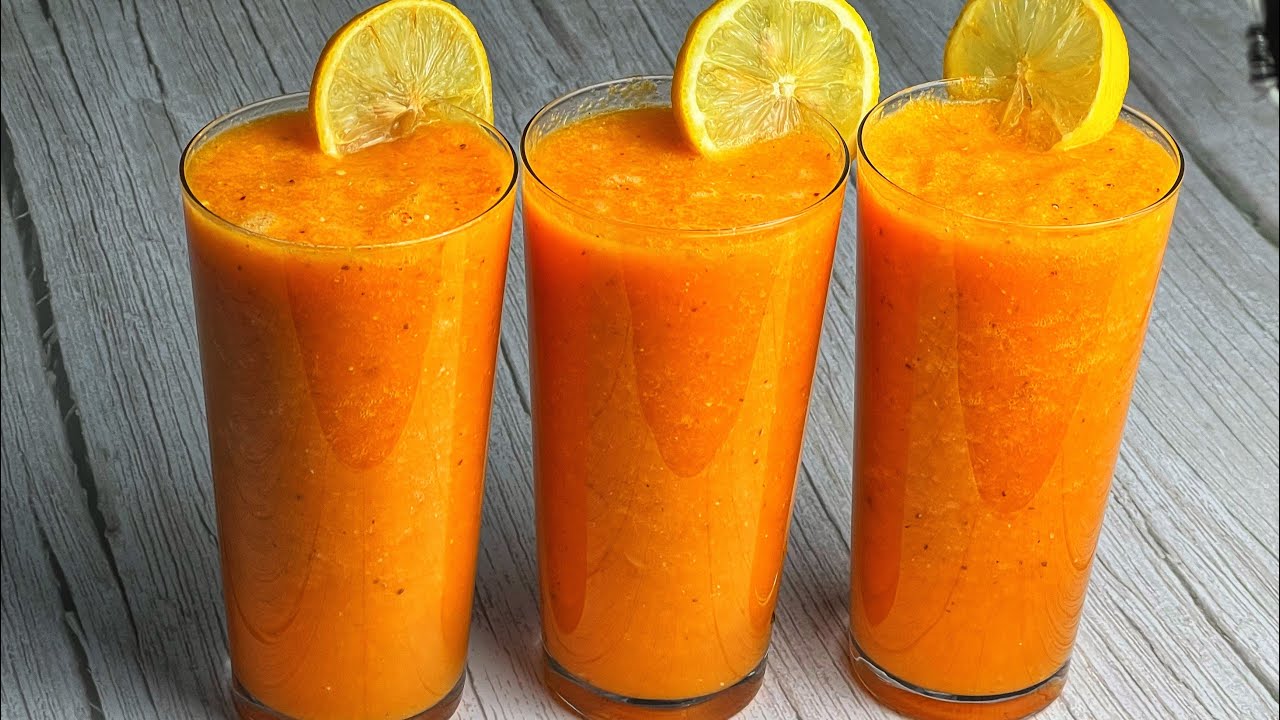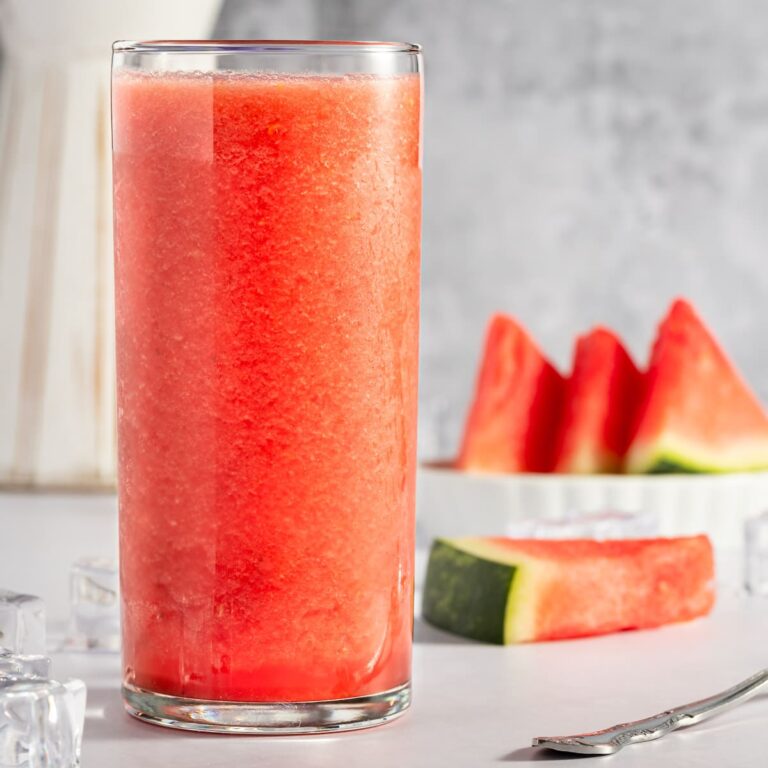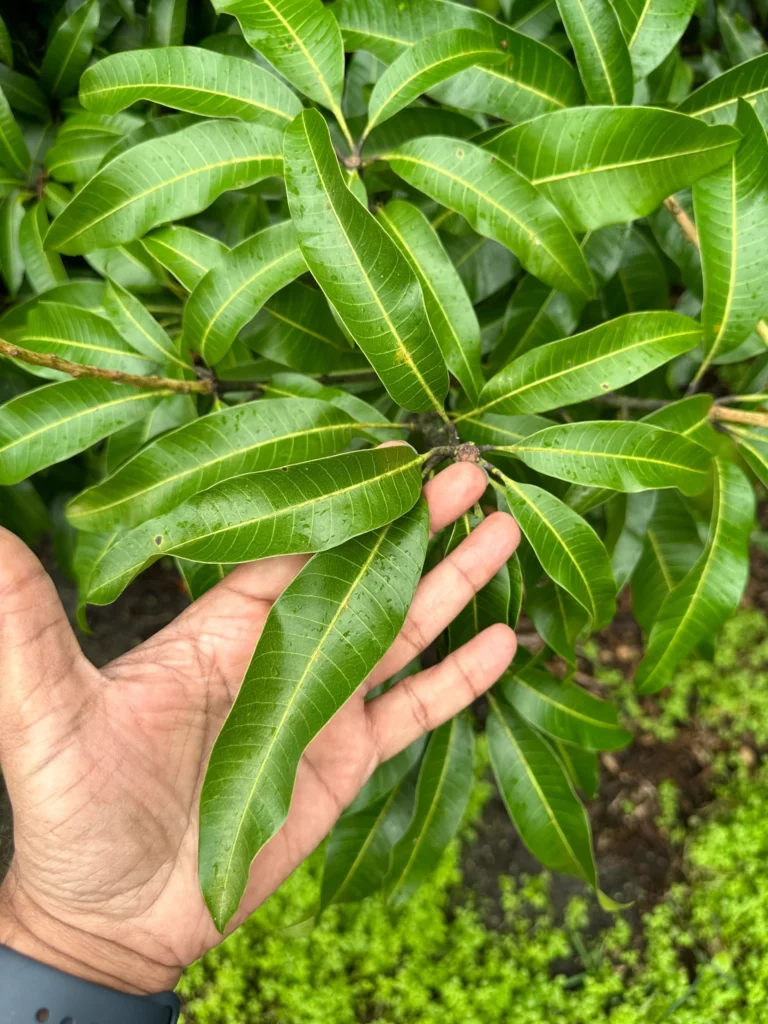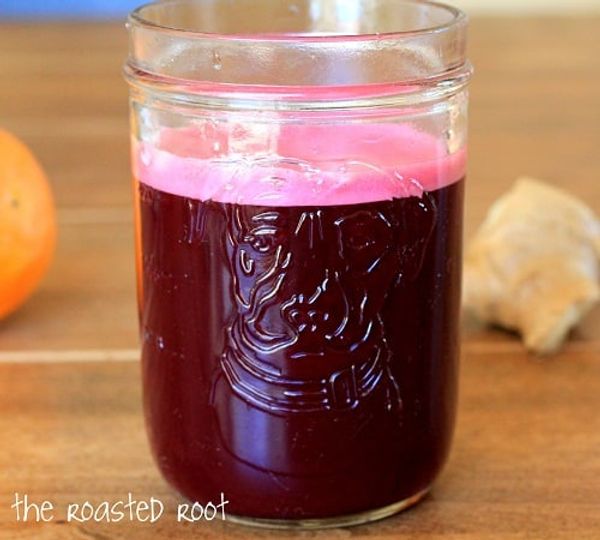
Brighten up your day and your skin with this vibrant skin glow smoothie, featuring carrots and lemon. Not only delicious, this smoothie is packed with vitamins and antioxidants that promote healthy, glowing skin from the inside out. With ingredients you can easily find at home, you can whip up this nutritious beverage in no time.
Benefits of Carrot and Lemon for Skin
- Carrots: Rich in beta-carotene, a nutrient that your body converts into vitamin A, carrots help maintain skin health. Vitamin A is crucial for repairing skin tissues and protecting against sun damage.
- Lemons: Loaded with vitamin C, lemons help in the production of collagen, reducing skin aging and enhancing brightness. Their detoxifying properties also help in cleansing the skin from within, contributing to a clearer complexion.
Ingredients
- 2 medium carrots, peeled and chopped
- Juice of 1 lemon
- 1 cup of water or coconut water (for added electrolytes)
- A small piece of fresh ginger (optional, for extra zest and anti-inflammatory benefits)
- Ice cubes (optional, for a chilled smoothie)
Instructions
- Prepare Ingredients: Start by washing the carrots thoroughly. Peel and chop them into smaller pieces to make them easier to blend. If you’re adding ginger, peel and slice it into thin strips.
- Blend: In a blender, combine the chopped carrots, freshly squeezed lemon juice, and ginger if using. Add a cup of water or coconut water to help the ingredients blend smoothly. If you prefer a colder smoothie, add a few ice cubes.
- Process Until Smooth: Blend on high until the mixture is completely smooth. If the smoothie is too thick, you can add more water to reach your desired consistency.
- Taste and Adjust: Give your smoothie a taste. If it’s too tart, you can sweeten it with a teaspoon of honey or a slice of apple for natural sweetness.
- Serve Immediately: Pour the smoothie into a glass and enjoy immediately to benefit from all the vitamins and enzymes.
Serving Tips
- Morning Treat: Drink this smoothie in the morning to kick-start your day with a nutritious boost.
- Post-Workout: Its hydrating properties make it an excellent post-workout drink, helping to replenish fluids and nourish your skin after exercise.
- Skin Care Routine: Incorporate this smoothie into your regular skin care routine for best results. Consistency is key to seeing improvements in your skin.
Conclusion
This simple homemade skin glow smoothie with carrot and lemon is not only a delight to drink but also serves as a powerful tool in your beauty regimen. Regular consumption can help you achieve a healthier, more radiant complexion naturally. Enjoy this tasty, refreshing smoothie and watch your skin start to glow!







